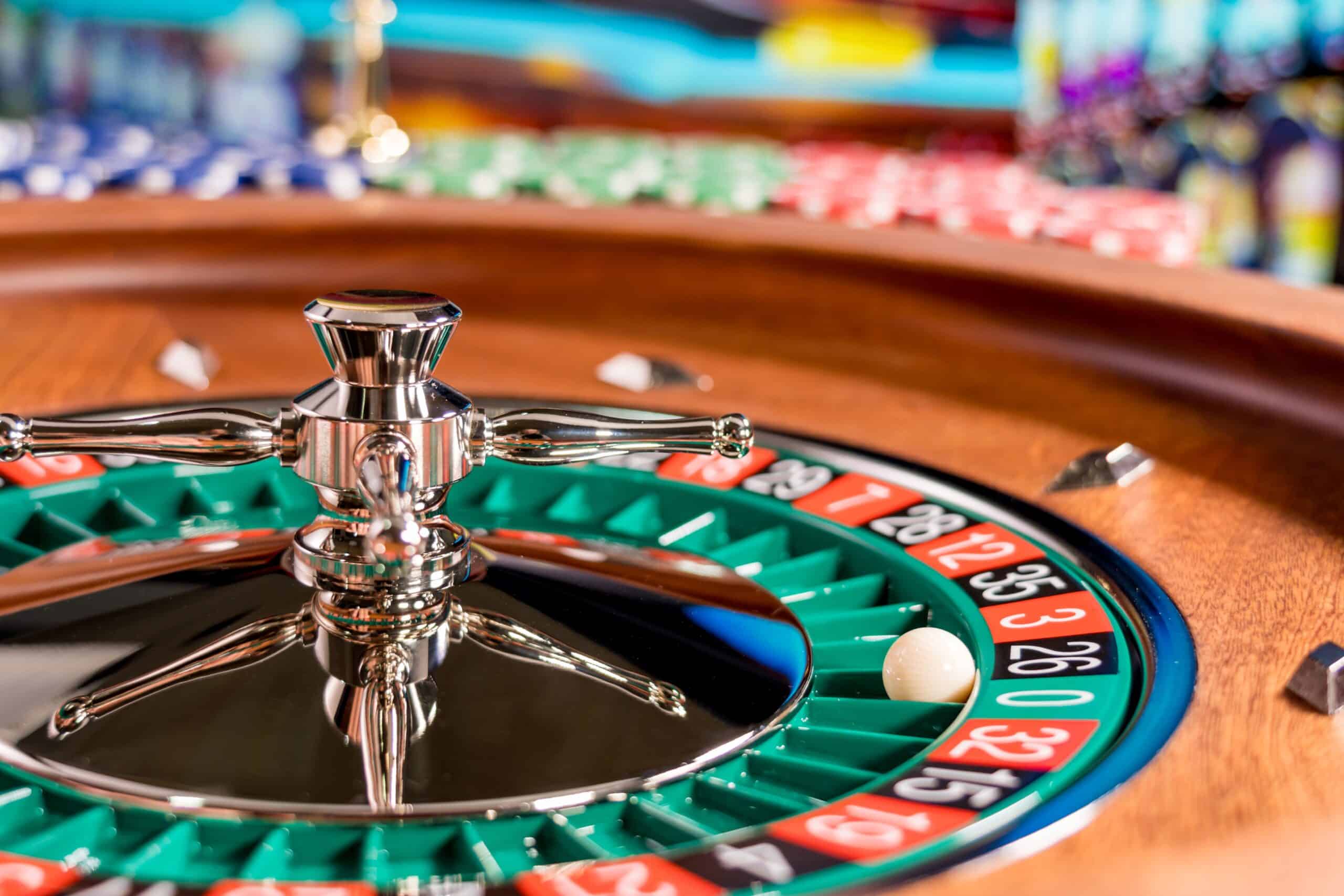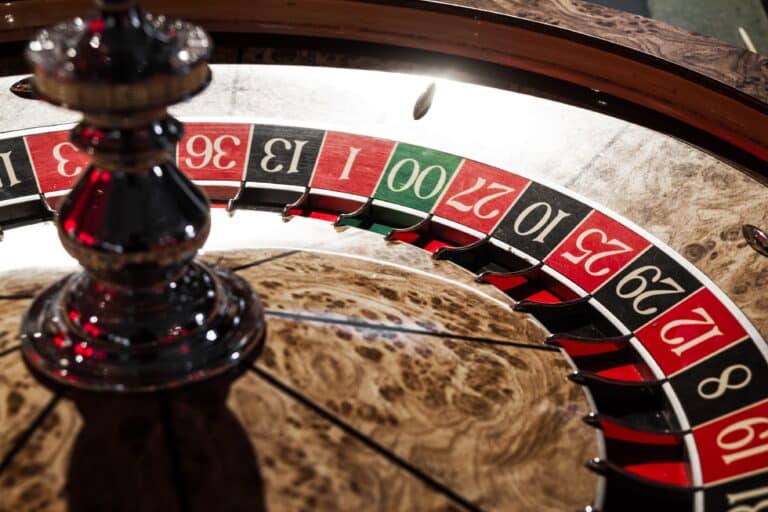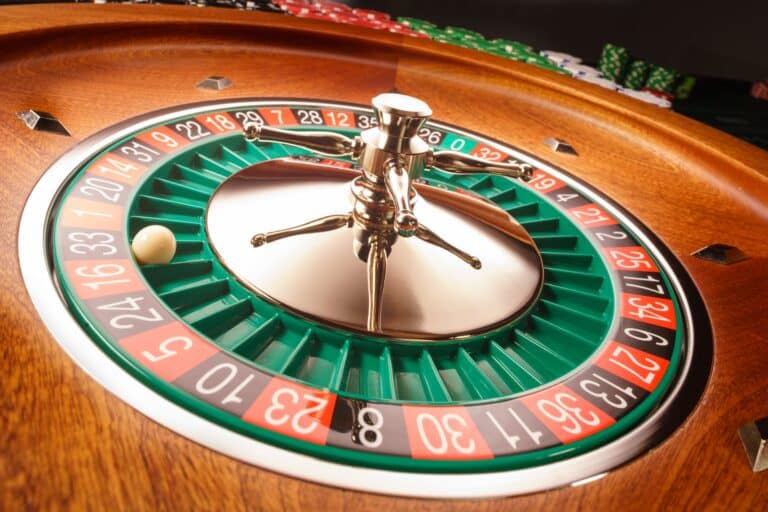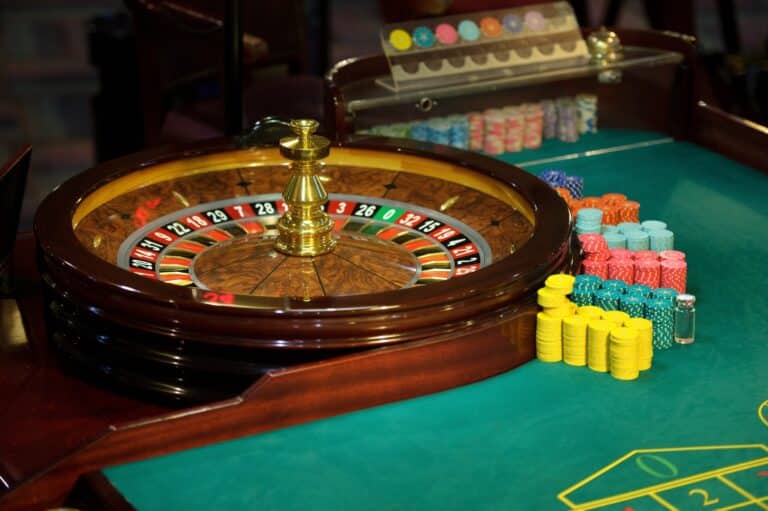Roulette is a classic casino game that has been enjoyed by millions of players for centuries. It’s a game of chance that’s easy to understand and exciting to play, with the potential for big payouts. In this blog post, we’ll be discussing the three most popular types of roulette: American, European, and French. We’ll explore their history, layout, betting options, and house edge, and compare them to help you decide which type of roulette is right for you. So, whether you’re a seasoned roulette player or a curious beginner, let’s dive in and explore the different types of roulette games.
American Roulette
American roulette is one of the most widely played versions of roulette in the world. It’s believed to have originated in the United States during the 19th century, and is sometimes referred to as “double zero roulette” because it features an additional pocket with the number 00 on the wheel. Here’s a closer look at some of the key characteristics of American roulette:
Layout of the Wheel: The American roulette wheel has a total of 38 pockets numbered from 1 to 36, as well as the additional 0 and 00 pockets.
Betting Options: American roulette offers a wide range of betting options, including inside bets and outside bets. Some common types of bets in American roulette include straight-up bets (placing chips directly on a single number), split bets (placing chips on the line between two numbers), and column bets (placing chips on one of the three columns of numbers).
House Edge: One key difference between American roulette and other types of roulette is the house edge. The additional 00 pocket on the wheel gives the game a higher house edge compared to European or French roulette. The house edge for American roulette is around 5.26%, meaning that the casino has a long-term advantage over players.
Despite its higher house edge, American roulette remains a popular choice for many players due to its exciting gameplay and wide range of betting options. However, if you’re looking for a roulette game with a lower house edge, you may want to consider trying out European or French roulette.
European Roulette
European roulette is another popular variation of the game and is widely played in Europe and other parts of the world. It’s believed to have originated in France in the 18th century and was later introduced to other countries in Europe. Here’s a closer look at some of the key characteristics of European roulette:
Layout of the Wheel: The European roulette wheel has a total of 37 pockets numbered from 1 to 36, as well as a single 0 pocket.
Betting Options: European roulette also offers a range of inside and outside bets, with many of the same types of bets available as in American roulette. However, one key difference is that European roulette does not feature the 00 pocket, which changes the odds and payouts for some bets. For example, the straight-up bet in European roulette has a payout of 35:1, while in American roulette it has a payout of 36:1.
House Edge: Due to the absence of the 00 pocket, European roulette has a lower house edge compared to American roulette. The house edge for European roulette is around 2.7%, which means that the casino has a smaller advantage over players.
European roulette is a popular choice among players who want a lower house edge and a more favorable odds compared to American roulette. It also offers a similar range of betting options and exciting gameplay, making it a great choice for both beginners and experienced roulette players.
French Roulette
French roulette is another variation of the game that’s similar to European roulette but has some unique features that make it stand out. It’s believed to have originated in France in the 18th century and is sometimes referred to as “single zero roulette”. Here’s a closer look at some of the key characteristics of French roulette:
Layout of the Wheel: The French roulette wheel has a total of 37 pockets numbered from 1 to 36, as well as a single 0 pocket. The layout of the wheel is similar to that of the European wheel, with red and black pockets alternating and the 0 pocket colored green. However, there are some differences in the layout of the betting table.
Betting Options: French roulette offers a similar range of inside and outside bets as European and American roulette. However, one unique feature of French roulette is the “La Partage” rule, which applies to even-money bets (such as red/black or odd/even). If the ball lands on the 0 pocket, players who have placed even-money bets will only lose half of their wager, rather than the entire amount.
House Edge: Due to the “La Partage” rule, French roulette has an even lower house edge compared to European roulette. The house edge for French roulette is around 1.35%, which means that the casino has a very small advantage over players.
French roulette is a popular choice among players who want the best possible odds and a lower house edge compared to other types of roulette. The “La Partage” rule can be especially advantageous for players who like to place even-money bets, as it reduces the risk of losing their entire wager. Overall, French roulette offers an exciting and unique experience for roulette players.
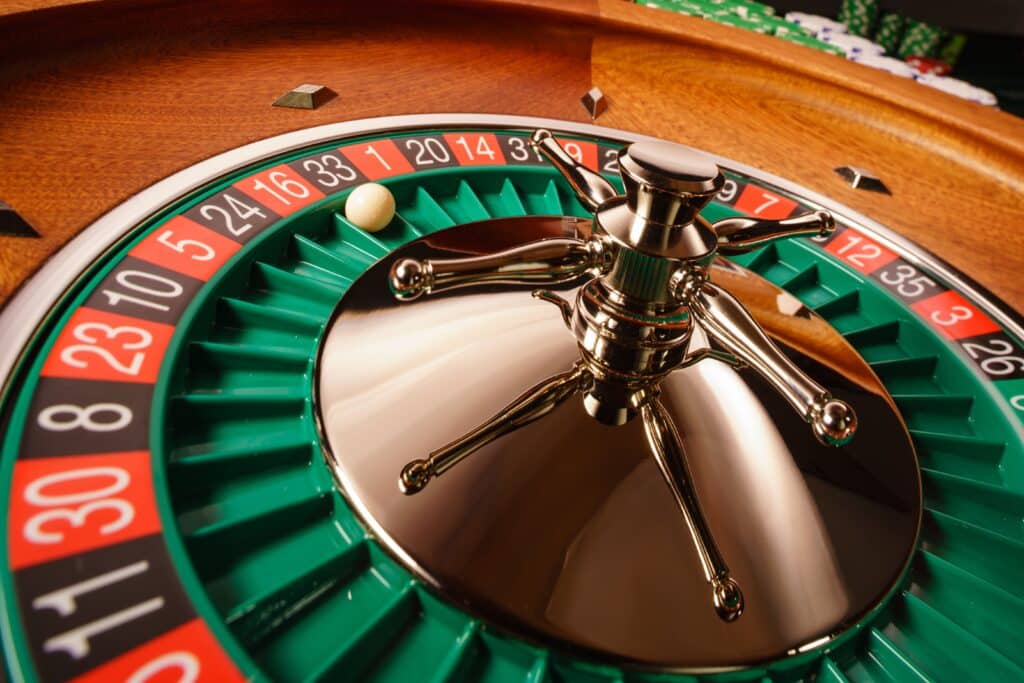
Comparison of the Three Types of Roulette
Now that we’ve looked at the key characteristics of American, European, and French roulette, let’s compare these three types of roulette and highlight their similarities and differences.
Layout of the Wheel: All three types of roulette feature a spinning wheel with numbered pockets, with red and black pockets alternating and a green pocket (or pockets) for the 0 and/or 00. However, the number of pockets and their arrangement on the wheel differs between the three types.
Betting Options: All three types of roulette offer a range of inside and outside bets, with some common types of bets available in all three versions. However, the odds and payouts for some bets can differ between the three types, with the absence of the 00 pocket in European and French roulette changing the odds and payouts for some bets.
House Edge: The house edge is the advantage that the casino has over players, and it varies between the three types of roulette. American roulette has the highest house edge, followed by European roulette, and French roulette has the lowest house edge.
Unique Features: Each type of roulette has some unique features that set it apart from the others. For example, American roulette has the 00 pocket, European roulette offers a lower house edge compared to American roulette, and French roulette features the “La Partage” rule, which can be beneficial for even-money bets.
Overall, all three types of roulette offer an exciting and enjoyable experience for players. However, the differences in the number of pockets, betting options, and house edge can have a significant impact on the odds and payouts for players. If you’re looking to play roulette, it’s important to understand the differences between the three types and choose the one that suits your preferences and playing style.
Conclusion
Roulette is a classic casino game that has evolved over the years to include different variations. American, European, and French roulette are three of the most popular types of roulette, each with its own unique features, odds, and payouts. While all three types share some similarities, such as the spinning wheel and betting options, there are significant differences between them that can affect the player’s overall experience. Understanding the characteristics of each type of roulette is important when choosing which version to play. Ultimately, the choice of which type of roulette to play depends on individual player preferences and the level of risk they are willing to take. Whatever type of roulette you choose, the game is always exciting, thrilling, and full of opportunities to win big.

